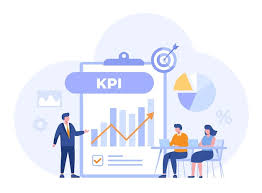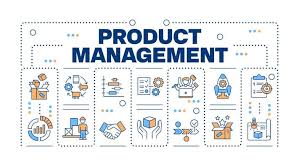From fragmented docs to single source of thruth
July 15, 2025
Why Fragmentation Kills Momentum
Every data silo invites questions: “Which number is right?” “Has that slide been updated?” Minutes spent chasing versions add up to deal days lost—and buyers apply discounts for uncertainty.
A focused, one-week effort can centralize your DD artifacts, dashboards, and documentation into a single repository. Here’s how Yuki runs it:
- Inventory & Prioritize (Day 1)
- List every data source: BI dashboards, shared drives, ticketing systems.
- Tag by deal impact: “High” for revenue, “Medium” for docs, “Low” for legacy artifacts.
- Centralize Artifacts (Days 2–3)
- Choose a CMS or code repo (we often use Git + a docs-as-code approach).
- Migrate high-impact docs first: data-model diagrams, KPI dashboards, architecture overviews.
- Automate Updates (Day 4)
- Hook your analytics platform to auto-refresh dashboards.
- Use CI pipelines to validate and publish docs on every change.
- Validate & Annotate (Day 5)
- Run a “buyers’ walkthrough” to spot gaps or stale data.
- Add context notes—e.g., “Revenue excludes one-off professional services.”
Tools & Tactics
- Docs-as-Code: Store Markdown or AsciiDoc in Git; leverage static-site generators for live docs.
- Data APIs: Expose a REST endpoint for key metrics so dashboards can query in real time.
- Versioned Reports: Tag buyer decks by date and commit SHA—buyers see exactly which data snapshot they’re reviewing.
- Unified Search: Implement a lightweight ElasticSearch layer to let users find any artifact in seconds.
Business Impact
In one sprint, we consolidated 30 disparate artifacts into a single portal. Buyers spent 75% less time hunting for updates; the seller shaved 10 days off the overall timeline, and valuation held firm because no “gotchas” emerged post-close.
Treat your DD repository like a newsroom: one CMS, one data API, one truth. This focus frees you to spend cycles on analysis, not version control.



















